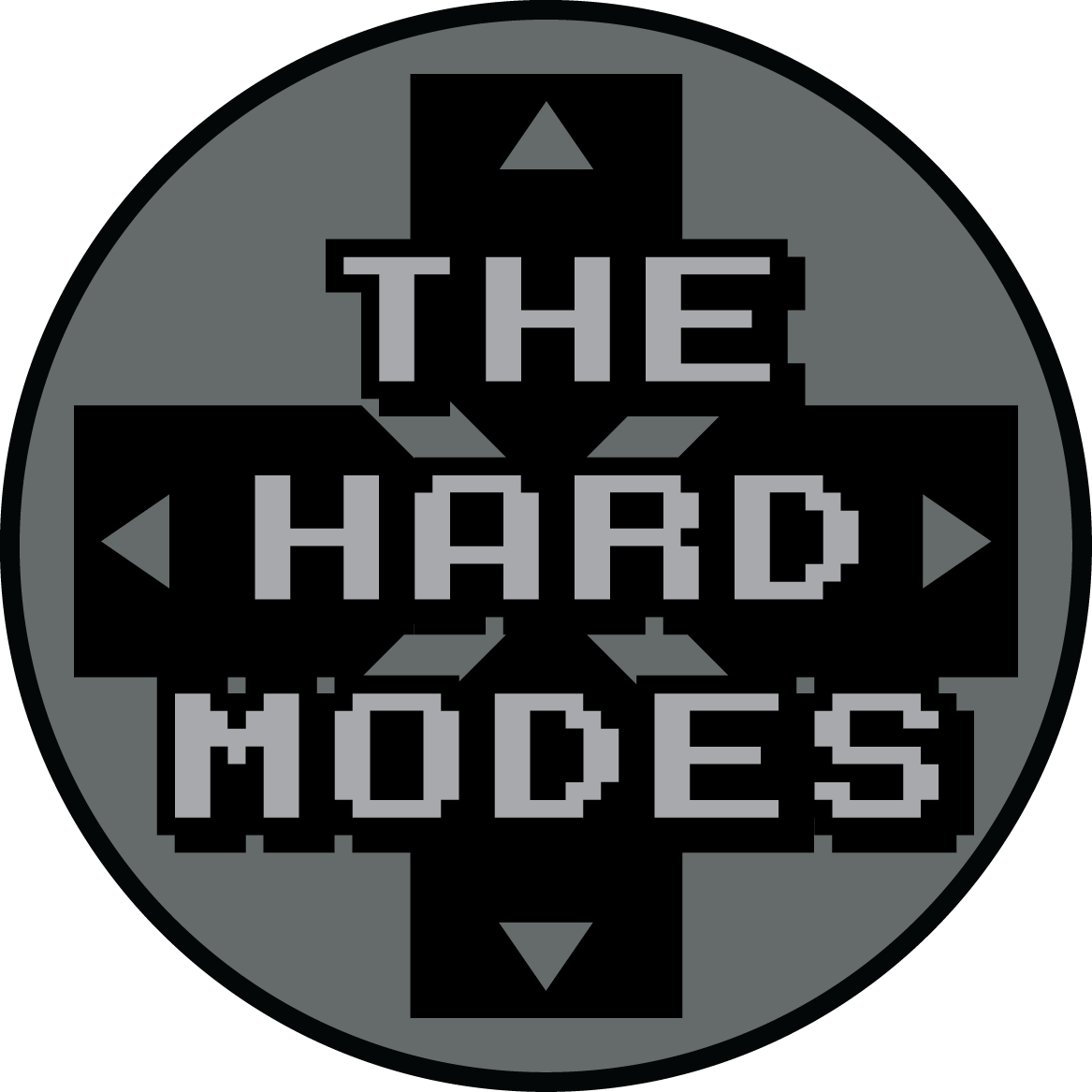Brian D’Oliveira’s soundtrack to Minority Media’s Papo & Yo is an instantly attractive one. In our modern age of “epic,” film-like orchestrated video game music being commonplace, D’Oliveira presents the listener with a sound that is as unique as the setting and themes of the game in which it is placed—there aren’t many soundtracks that gamers can point to that are based in Latin American tradition, especially not as authentically as D’Oliveira’s. Therefore, the listener, whether experiencing the soundtrack in-game or out, will likely be intrigued by what D’Oliveira offers him or her.
The soundtrack as a whole certainly doesn’t disappoint. D’Oliveira’s writing combines dense rhythmic layering with other sounds and instruments to create fulfilling grooves and environments in each track. If the listener engages the music appropriately, s/he will enjoy the nuances of the rhythmic pattern variations, the appropriate timing of unsuspected instrumental and electronic sound entrances, and the way in which the melodic instruments are used to create a thick musical atmosphere.
However, despite the soundtrack’s many favorable elements, it doesn’t captivate the listener in-game nearly as much as it does outside of it. On one hand, many of tracks, when cued, provide what is expected from one who has listened to the tracks outside of the game: a great drive provided by the percussion and rich atmospheres; on the other, the main thing that makes the soundtrack so good – nuance – is completely lost while playing. Coupled with the fact that oftentimes the cues don’t seem to last long, when one is focusing on playing, the music ends up seeming too repetitive and, with no melodic content in the immediate foreground most of the time, lacks from a sense of identity from track to track. If the gamer prefers to be driven subliminally by the atmosphere of the music and doesn’t care too much about it stealing their attention and being able to recall specific parts of it later, then the music will work very well for him or her; otherwise, s/he may be left wondering why there wasn’t more to be remembered. It is not as if the tracks that don’t stick to the memory aren’t worth remembering, though—Papo & Yo is simply a case where the flow of its album heavily outweighs how the music exists in its game world. If there were stronger overarching melodies and the cues lasted longer, things would likely be different.
Brian D’Oliveira’s music is as gorgeous as it is unique, but while it complements the environment in Papo & Yo very well when apparent, the way it is utilized in-game suffocates its maximum potential. However, those who became fans of the music while playing, and even those who were delighted by what they felt by way of the music while in-game, will be extremely satisfied by the game’s soundtrack release and should add it to his or her collection.


